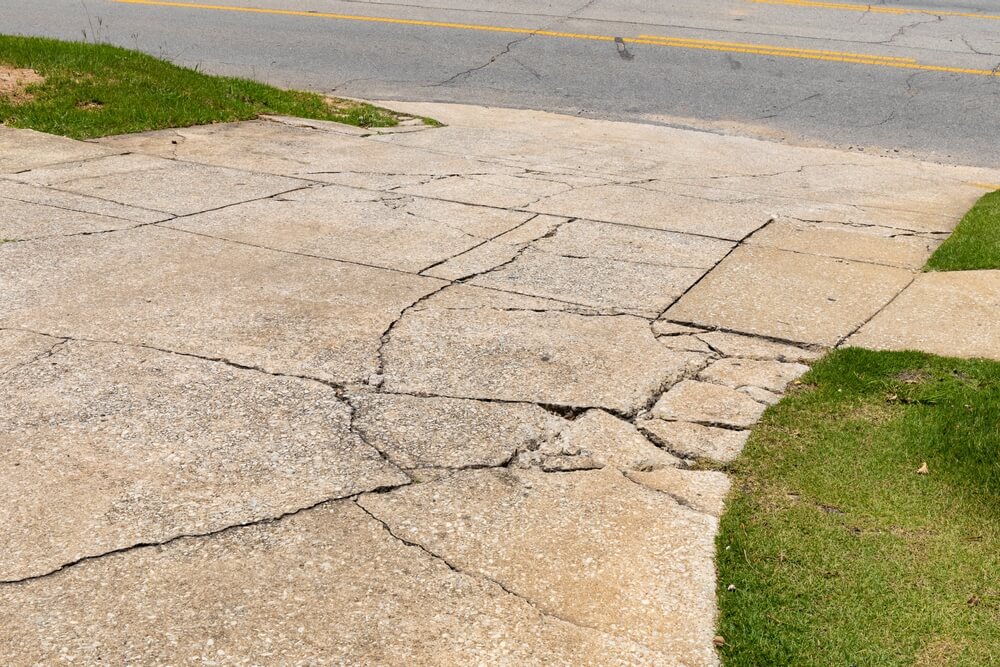DIY Concrete Planters: A Stylish Addition to Every Home
DIY concrete planters are making waves in home decor trends, offering a perfect blend of functionality and style. Whether you’re a gardening enthusiast or a homeowner seeking renovation projects, crafting your own concrete planters at home not only boosts your space’s aesthetic appeal but also brings a touch of nature indoors. These planters are durable and versatile, allowing you to experiment with various shapes and sizes that suit your decor vibe. Plus, creating them can be an incredibly rewarding process that adds a personal touch to your garden or interior design.

The Allure of Concrete in Home Decor
Concrete, being a fundamental element in construction, has found a creative niche in home decor. Its raw, industrial look is celebrated for its rustic charm, making it an elegant choice for modern interiors. As an eco-friendly material, concrete can also contribute to sustainable living, a fact supported by its long life span and minimal maintenance needs.
The Benefits of Making DIY Concrete Planters
Cost-Effective
One of the greatest advantages of making DIY concrete planters is the cost savings. Compared to store-bought options, homemade planters can be produced at a fraction of the cost, using materials that are readily available. This allows homeowners to allocate more of their budget to plants or other decor elements.
Customizable Designs
Another significant benefit is customization. With homemade planters, you can choose the size, shape, and texture that perfectly matches your existing decor. Whether you prefer sleek and modern or rustic and vintage styles, the possibilities are endless. Explore different molds and techniques to develop a signature style that reflects your personality.
Getting Started: Materials and Tools
Before embarking on your concrete planter project, it’s essential to gather the necessary tools and materials. Heres a basic list:
- Concrete mix
- Containers for molds (plastic or silicone works well)
- Mixing tools
- Sandpaper for smoothing rough edges
- Paint or sealer for finishing touches
For a comprehensive guide on specific tools, you can refer to the concrete tools list.
Safety Tips for Working with Concrete
While DIY concrete planters are simple to make, there are safety considerations to keep in mind. Always wear gloves when handling concrete to protect your skin from chemicals and abrasion. Use a mask to avoid inhaling dust, and work in a well-ventilated area to minimize exposure to fumes.
Step-by-Step Guide to Making DIY Concrete Planters
1. Prepare Your Mold
Select a container for your mold this could be any plastic or silicone container. Coat the inside lightly with oil to prevent the concrete from sticking.
2. Mix the Concrete
Follow the instructions on your concrete mix package. Typically, youll combine the mix with water until it reaches a pancake-batter consistency.
3. Pour the Concrete
Once your mix is ready, pour it into the mold, leaving some space at the top. Tap the sides to remove air bubbles for a smooth finish.
4. Set and Cure
Allow the concrete to set for at least 24 hours. Proper curing is crucial for the strength of your planter. For more tips on curing concrete, visit the curing tips page.
5. Demold and Sand
Gently remove the planter from the mold. Use sandpaper to smooth any rough edges and achieve your desired texture.
Creative Finishing Touches
Once your planters are cured and shaped, it’s time to unleash your creativity. Paint them in vibrant hues or use a sealer for a glossy finish. You could also engrave designs or add mosaic tiles to personalize your creation further.
Best Plants for Your DIY Concrete Planters
The choice of plants should complement the style of your planter. Succulents and cacti are popular choices for their low maintenance and compatibility with concrete. For larger spaces, consider adding leafy plants like ferns or ornamental grasses.
Common Issues and How to Fix Them
Working with concrete can sometimes lead to minor issues such as air bubbles or cracks. Understanding common concrete problems and solutions is fundamental. You may find the article on fixing common concrete problems helpful.
Environmental Impact of Concrete Planters
Concrete planters contribute to eco-friendly practices due to their durability and longevity. They require less frequent replacement than other materials, reducing waste over time. According to Easy Mix Concrete, utilizing concrete aligns with sustainable building practices.
Conclusion
Creating DIY concrete planters is more than just a crafting endeavor it’s a way to personalize your space while contributing to sustainable design. With the right tools and a bit of creativity, you can transform your home into a stylish sanctuary. Whether you’re adorning a sunny balcony or adding charm to a living room, these planters make a chic and practical addition.

FAQs
Can I use different colors in my concrete planters?
Yes, you can add powdered pigments or liquid dyes to your concrete mix for custom colors. Ensure they are suitable for concrete use.
How do I prevent my planters from cracking?
Avoid harsh temperature changes during curing and ensure your mix is not too dry. Properly reinforced concrete can also reduce cracking risks.
What plants are best suited for concrete planters?
Succulents, cacti, and drought-tolerant plants typically thrive in concrete planters. Ensure you select plants that match the planters size.
This article contains affiliate links. We may earn a commission at no extra cost to you.
